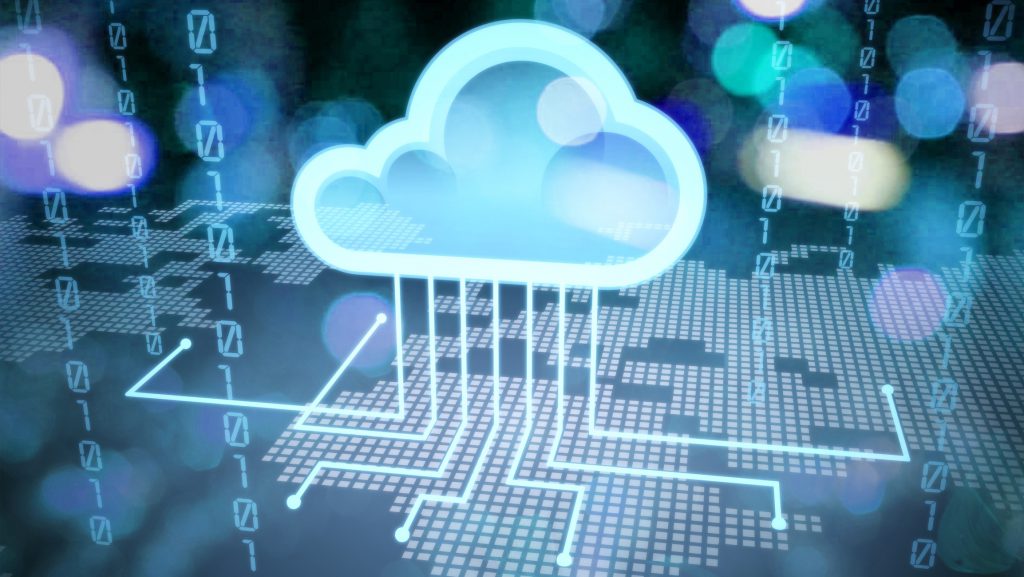
With cloud hosting growing explosively within the short time-frame that has, there’s some confusion around the primary cloud deployment models, especially for businesses that are just getting started. And understandably so. With such a lot of buzz and emerging terminology, things can get confusing pretty quickly. It doesn’t help that some sources provide conflicting information.
To help businesses understand the differences between these models, that gives a really simplified check out the 4 primary cloud deployment models. While the technical aspects of every one of those models are often discussed in much greater detail, this infographic provides a way needed visual diagram for those trying to find out about the cloud.
Here are the official definitions of the 4 cloud deployment models, consistent with the National Institute of Standards and Technology (NIST):
Public
The cloud infrastructure is provisioned for open use by the overall public. it’s going to be owned, managed, and operated by a business, academic, or government organization, or some combination of them. It exists on the premises of the cloud provider.
Private
The cloud infrastructure is provisioned for exclusive use by one organization comprising multiple consumers (e.g., business units). it’s going to be owned, managed, and operated by the organization, a 3rd party, or some combination of them, and it’s going to exist on or off-premises.
Community
The cloud infrastructure is provisioned for exclusive use by a selected community of consumers from organizations that have shared concerns (e.g., mission, security requirements, policy, and compliance considerations). it’s going to be owned, managed, and operated by one or more of the organizations within the community, a 3rd party, or some combination of them, and it’s going to exist on or off-premises.
Hybrid
The cloud infrastructure may be a composition of two or more distinct cloud infrastructures (private, community, or public) that remain unique entities, but are bound together by standardized or proprietary technology that permits data and application portability (e.g., cloud bursting for load-balancing between clouds).
If you’d like to know more about how Multiable ERP system can help your business grow, contact for a free consultation with one of our experts at Multiable.